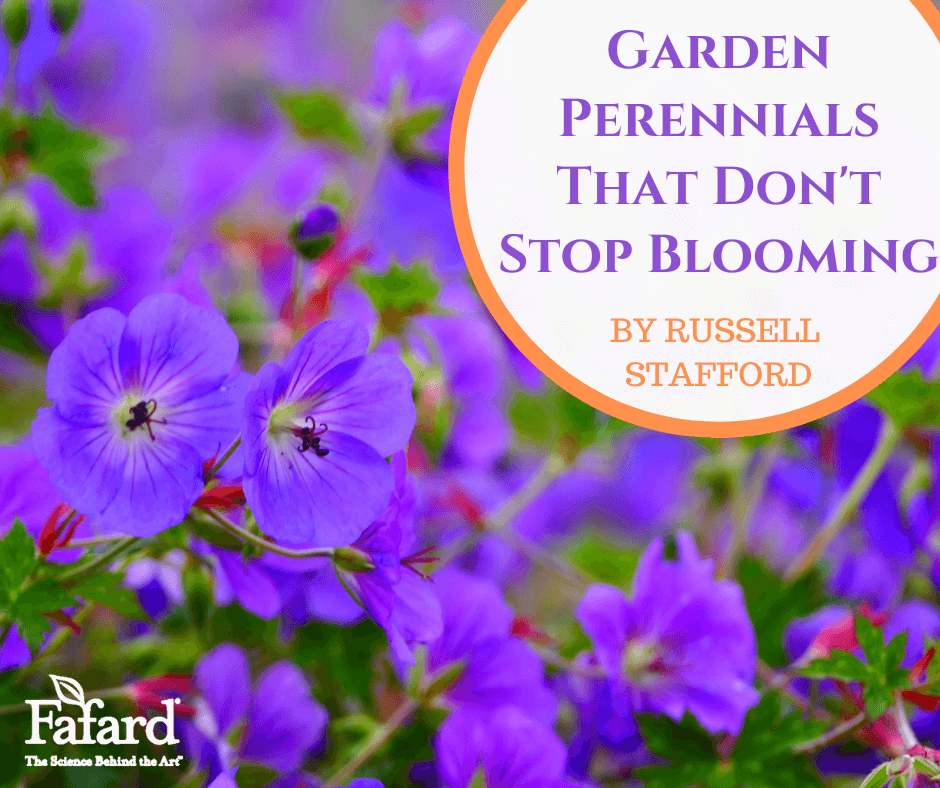
As flowering plants, most perennials are a mixed blessing. To their credit, they produce some of the garden’s signature blooms, on plants that return reliably year after year. What would spring be without primroses and trilliums, or summer without bee-balm and black-eyed Susans, or fall without asters and Japanese anemones?
Seasonality of bloom does have its downside, however. Many perennials are as fleeting as they are beautiful, flowering for a mere 2 or 3 weeks. Many – but not all. Here are some of our favorite perennials that depart from the norm by blooming for 3 months (or more) rather than the typical 3 weeks. Most will.
Nonstop Flowering Perennials
Yellow Fumitory (Corydalis lutea, aka Pseudofumaria lutea)
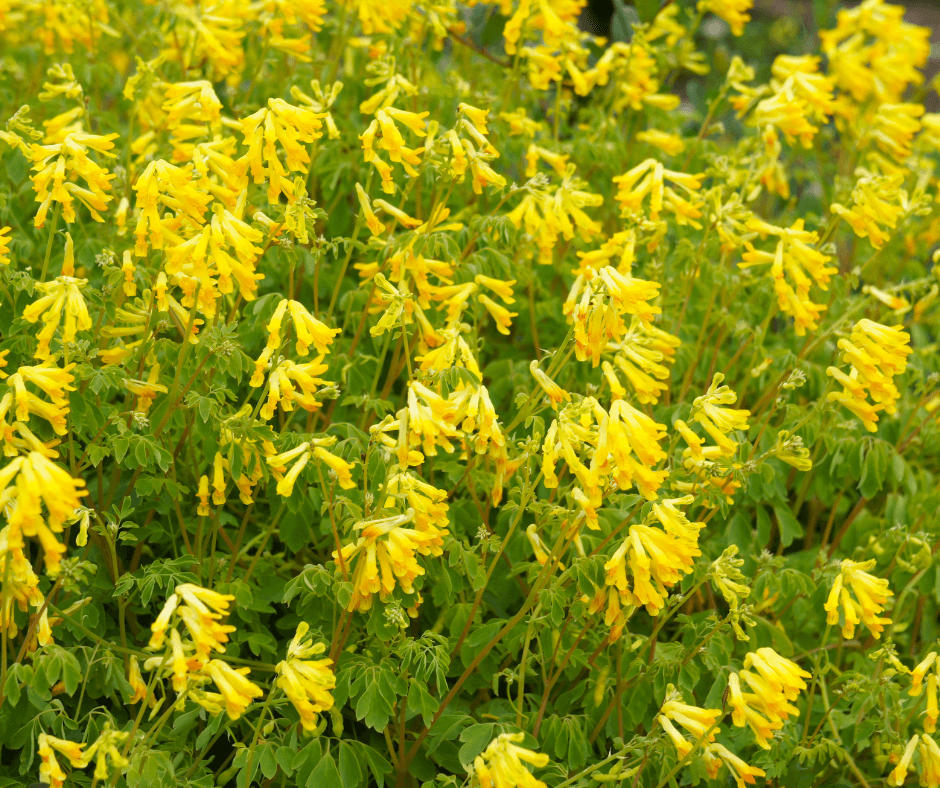
Few shade-loving plants of any type flower as brightly and as tirelessly as this somewhat short-lived perennial from mountains of central Europe. The golden-yellow, sharks-head-shaped flowers occur on mounded, ferny-leaved, foot-tall plants from mid-spring to fall, with barely a pause. Plants often generously self-sow, assisted by ants that distribute the seeds. Not to worry: unwanted seedlings are easily pulled – but you’ll likely want to keep all or most of them. Yellow fumitory is a perfect fit for shady cottage gardens and other semi-informal settings, mixed with celandine poppies (Stylophorum diphyllum), creeping phlox (Phlox stolonifera), ferns, hostas, zigzag goldendrod (Solidago flexicaulis), and the like. USDA hardiness zones: 5 to 8
Kenilworth Ivy (Cymbalaria muralis)
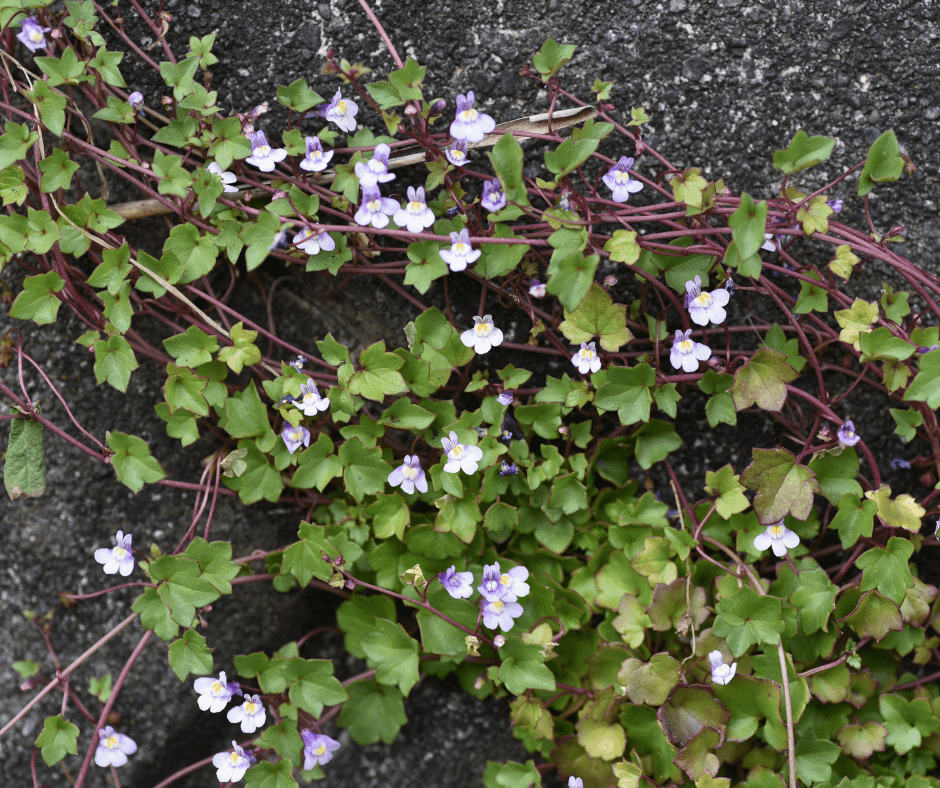
Another shade-loving European native, Cymbalaria muralis does indeed resemble a miniature ivy in its lobed near-evergreen leaves and its clambering growth. Its small blue snapdragon-like flowers depart completely from the ivy model, however. The trailing plants grow best in well-drained soil, quickly covering the ground or a wall, and flowering happily from early spring to late summer. Plants can become a nuisance in favorable climates, so use with caution in areas such as the Pacific Northwest. The similar Cymbalaria pallida spreads less vigorously, forming condensed mats spangled with mid-blue flowers (or white, in the case of ‘Albiflora’). Both are hardy from zones 5 to 8.
Geranium ‘Rozanne’
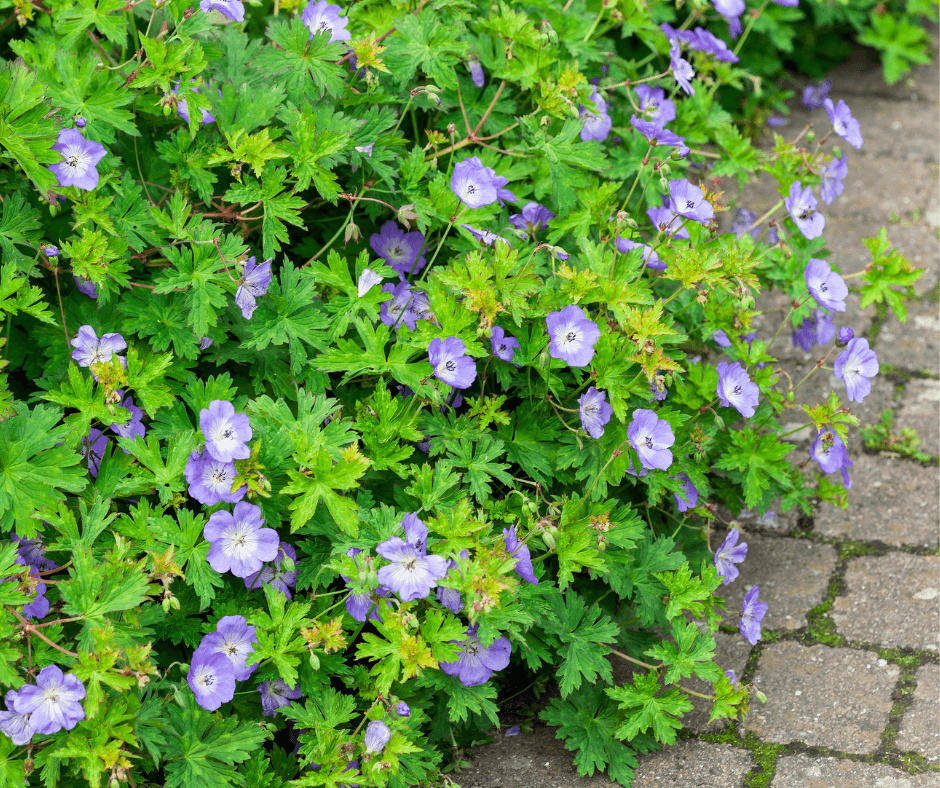
Few perennials flower as unceasingly as this hybrid geranium. Happy in full sun to light shade, it produces violet-blue saucer-flowers from late spring through summer on lax continually lengthening stems. You can shear plants to a few inches from the ground in midsummer to keep them more compact and to stimulate more prolific late-season bloom. The 2008 winner of the Perennial Plant Association’s Perennial of the Year award, ‘Rozanne’ has become immensely (and ubiquitously) popular throughout its USDA zone 5 to 8 hardiness range. (True Geranium are distinct from florists’ “geraniums”, which actually belong to the genus Pelargonium).
Corsican Violet (Viola corsica)
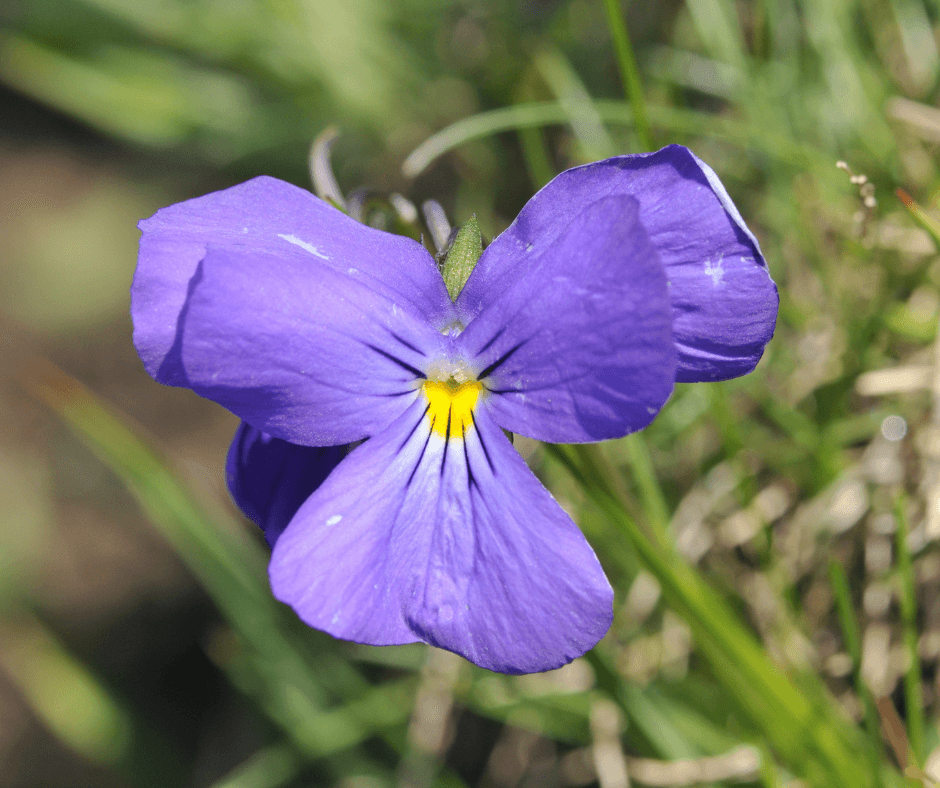
Small in stature but unsurpassed in flower power, Corsican violet blooms continuously year-round, pausing only during sub-freezing winter spells. The violet-blue, white-eyed flowers lift their faces to the sun atop low semi-trailing stems that ultimately extend to 5 or 6 inches. Give this delightful little urchin a place in a sunny well-drained garden niche in its Zone 5 to 10 hardiness range and it will give you virtually endless delight. If you leave a few seedheads you’ll also get a few volunteer plants to spread the cheer.
Lavender (Lavandula hybrids)
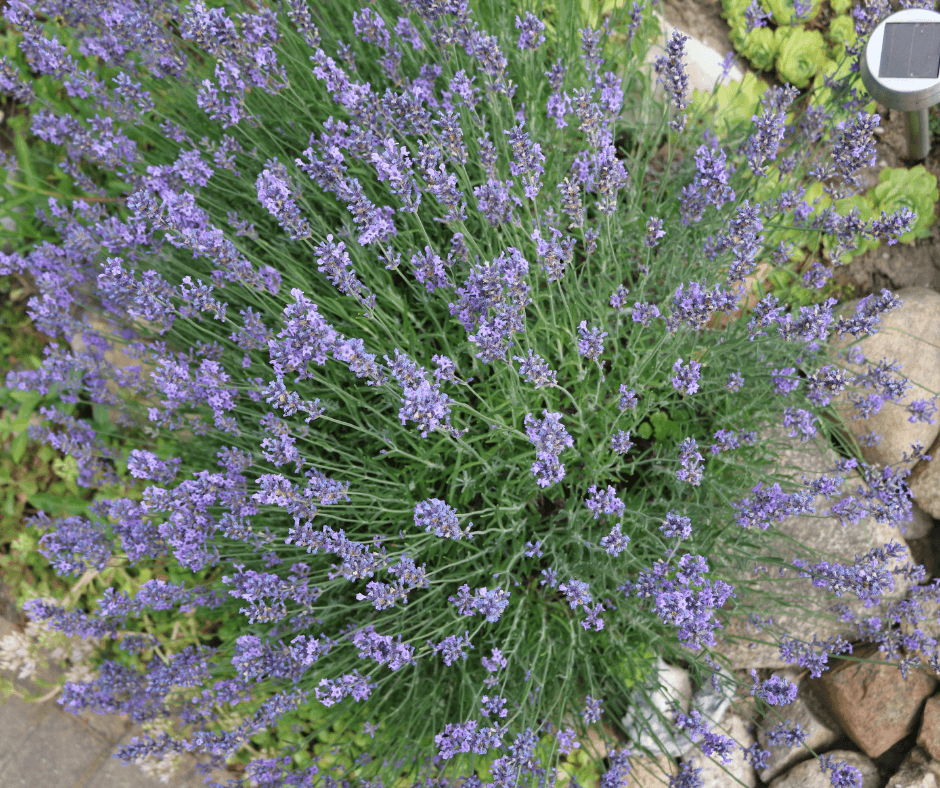
While technically a dwarf shrub, lavender functions as a herbaceous perennial in cold-winter areas of the U.S., where it typically flowers from late spring until late summer. Some lavender varieties take it a few weeks further, blooming into early fall. Among the best of these floriferous selections are 2-foot-tall ‘Royal Velvet’ and the 10-inch dwarf ‘Super Blue’. Also well worth seeking out are hardy hybrids between common lavender and Lavandula latifolia (known collectively as lavandin or Lavandula × intermedia). The lavandin cultivar ‘Phenomenal’ earns its name by producing numerous 2-foot lavender-blue spires on hardy silver-leaved plants from June to early October. It shares common lavender’s Zone 5 hardiness, given a sunny well-drained niche.
Dalmatian Toadflax (Linaria dalmatica)

Don’t be deceived by the superficial resemblance to the weedy Linaria vulgaris, aka butter and eggs. This is a totally different toadflax, forming non-spreading clumps of 30-inch stems furnished with attractive blue-green foliage and topped from early summer to frost with spikes of lemon-yellow snapdragons. A beautiful drought-tolerant thing, it prospers in hot sunny well-drained garden habitats in zones 4 to 9, self-sowing moderately where happy. It can be a bit too happy in parts of the Western U.S., so check your state’s invasive-plant list.
Phlox ‘Solar Flare’
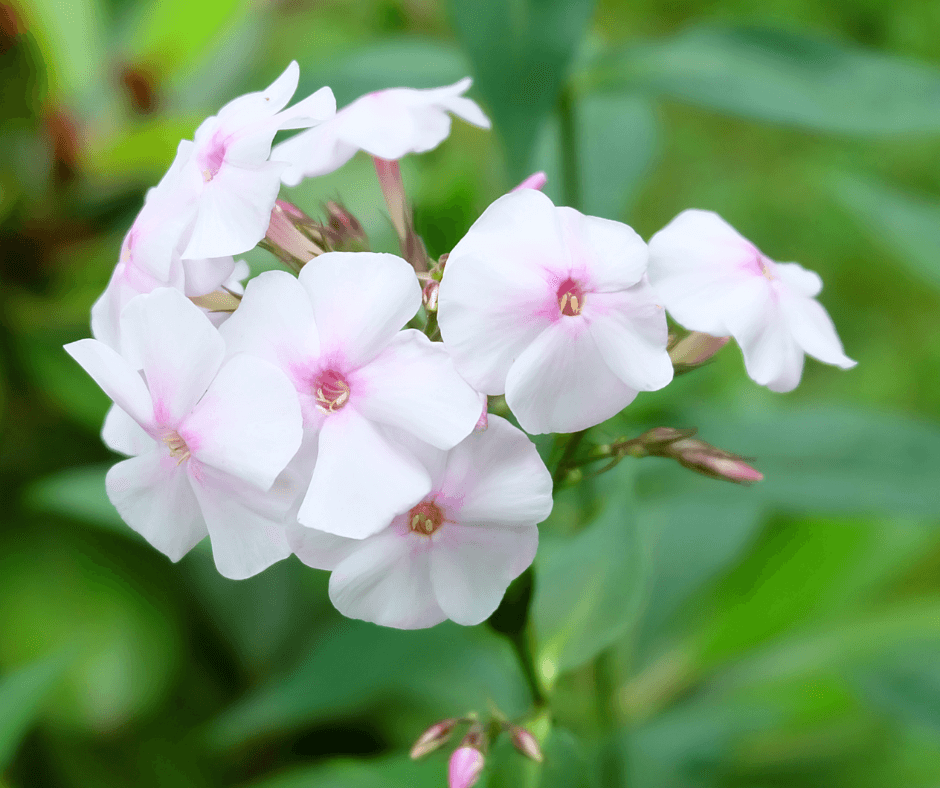
A hybrid of the eastern U.S. native Phlox carolina, this disease-resistant cultivar opens its white, pink-eyed flowers in late spring, weeks before those of garden phlox (Phlox paniculata). It follows with repeated flushes throughout summer and into fall, provided it’s regularly deadheaded. Other laudable features include a compact habit (2 feet tall and 1 foot wide) and exceptional disease resistance. It’s a reliable performer in full sun to light shade in zones 4 to 8. Apply an inch of Fafard organic compost in spring and your ‘Solar Flare’ will be especially dazzling.
Daisy Mae Mongolian Daisy (Kalimeris integrifolia ‘Daisy Mae’)
Clouds of little white yellow-eyed daisies adorn the 2-foot, clumping stems of ‘Daisy Mae’ from early summer until frost. Full to part sun and well-drained soil are all it requires. Use it in borders and containers, perhaps in combination with other sun-loving, drought-tolerant perennials such as winecups (Callirhoe involucrata) and balloon flower (Platycodon grandiflorus). Hardy from zones 5 to 9.
Gaura (Oenothera lindheimeri)

Also known as Gaura lindheimeri, this prairie native keeps on blooming through heat and drought from early July to frost. The butterfly-shaped blooms are arrayed along wiry 3-foot wands that toss in the summer breeze. Typically white-flowered (as in the excellent variety ‘Whirling Butterflies), it also comes in pink forms (including ‘Pink Cloud’ and ‘Siskyou Pink’). Given a porous soil in full sun, it will reliably winter from zones 5 to 9.
